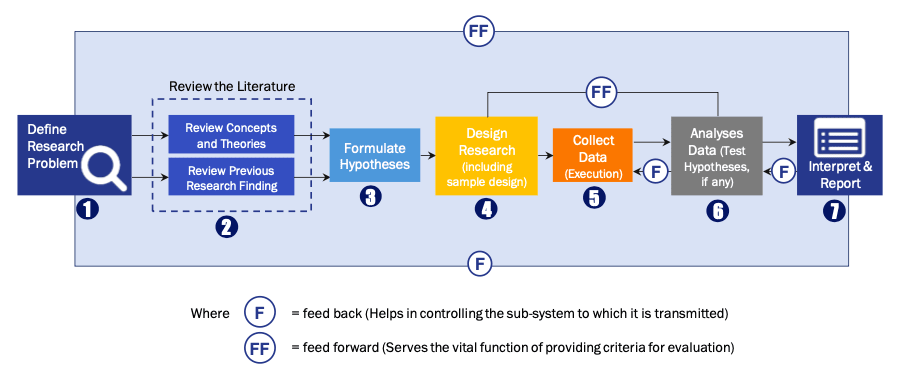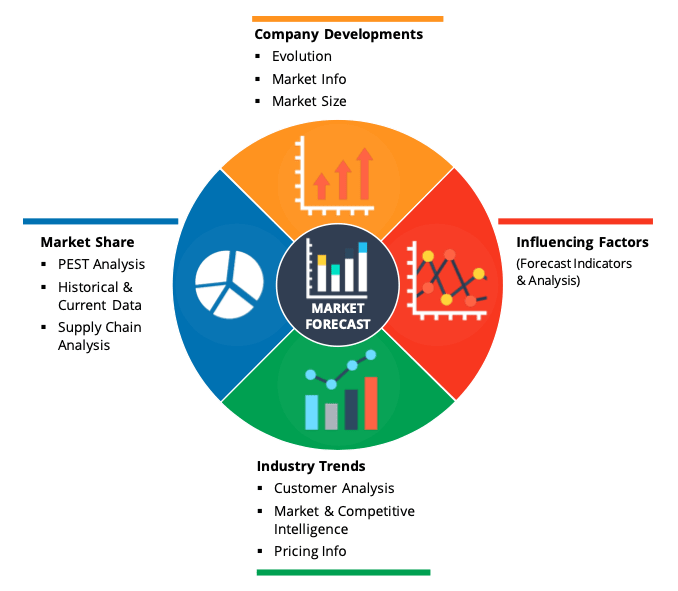Market OverviewIncreasing number of the dental diseases and growing innovations in dental technologies are driving growth of market. According to Federal Interagency Forum (FIF), number of people aged 65 years and above is projected to reach approximately 72 million by the year 2030, nearly double number in 2000. Elderly population is prone to the dental disorders due to the factors such as the use of various drug interactions and medications, along with the inability to maintain the good oral hygiene owing to old age. Approximately 30% of patients 65 years and above have xerostomia, whereas 10% of the patients aged 75 above suffer from coronal caries. Thus, growing geriatric population is anticipated to fuel the growth during forecast period.
CAD/CAM is highly beneficial for healing dentistry as restorations manufactured using the CAD/CAM systems are aesthetically appealing, durable and marginally adaptive, and can be fabricated faster as compared with the traditional restorations. Additionally, the technology helps in reducing the outsourcing costs. Thus, the aforementioned factors are expected to aid the growth during forecast period.
Segment OverviewBy axis type, market has been characterized as into 4-axis and 5-axis machines. 4-axis machines held a larger share of market in 2019 and is anticipated to witness profitable growth over forecast period.
Most of the restorations such as inlays/onlays, bridges, crowns and copings can be milled using the 4-axis machines. These are also useful when the holes and cut-outs are required to be made round a cylinder or on side of a piece. These wide applications are likely to boost demand for the 4-axis machines.
These 4-axis mills are cost-effective as compared with 5-axis machines. 4-axis by vhf, Inc. costs closely USD 30,000, whereas a 5-axis costs around USD 50,000. Therefore, the demand for the 4-axis machines amongst dental laboratories and clinics, particularly the ones with less complex restoration cases, is growing.
Regional OverviewGeographically, market has been divided into North America, Asia Pacific, Europe, Latin America, and the MEA. Europe held largest share in 2019, and similar development is anticipated during forecast period, due to the incidence of large number of the players and accessibility of the high-quality products in region.
Growing number of the elderly people suffering from various dental disorders is also anticipated to fuel the growth in Europe. Nearly 30% of the Europeans aged between the 65 to 74 years have no teeth due to dental caries or severe periodontal disease.
The market in the Asia Pacific is anticipated to grow at highest rate during forecast period owed to the rising geriatric population, growing spending power, and growing awareness among the end users about the technologically innovative equipment. In addition, accessibility of dental machines and increasing availability is driving the growth in this region.
Competitor overviewThe players emphasize on various growth strategies, such as mergers & acquisitions, partnerships, product launches and innovations, development, and awareness campaigns, among various others, to increase their market existence and provide the end users with the optimal milling solutions.
Key Players
- Dentsply Sirona
- Planmeca OY
- Ivoclar Vivadent
- Straumann
- 3M Company
- Zimmer
- Dentium
- Roland DGA Corporation
- DATRON
Market SegmentationBy Axis Type
- 4-axis machines
- 5-axis machines
By Size
- Benchtop
- Tabletop
- Standalone
By Geography
- North America
- Europe
- UK
- Germany
- France
- Italy
- Spain
- Rest of Europe
- Asia-Pacific
- Japan
- China
- India
- Australia
- South Korea
- Rest of Asia-Pacific
- LAMEA
- Brazil
- Saudi Arabia
- UAE
- Rest of LAMEA
Research Process
Data Library Research are conducted by industry experts who offer insight on
industry structure, market segmentations technology assessment and competitive landscape (CL), and penetration, as well as on emerging trends. Their analysis is based on primary interviews (~ 80%) and secondary research (~ 20%) as well as years of professional expertise in their respective industries. Adding to this, by analysing historical trends and current market positions, our analysts predict where the market will be headed for the next five years. Furthermore, the varying trends of segment & categories geographically presented are also studied and the estimated based on the primary & secondary research.
In this particular report from the supply side Data Library Research has conducted primary surveys (interviews) with the key level executives (VP, CEO’s, Marketing Director, Business Development Manager
and SOFT) of the companies that active & prominent as well as the midsized organization
FIGURE 1: DLR RESEARH PROCESS

Primary Research
Extensive primary research was conducted to gain a deeper insight of the market and industry performance. The analysis is based on both primary and secondary research as well as years of professional expertise in the respective industries.
In addition to analysing current and historical trends, our analysts predict where the market is headed over the next five years.
It varies by segment for these categories geographically presented in the list of market tables. Speaking about this particular report we have conducted primary surveys (interviews) with the key level executives (VP, CEO’s, Marketing Director, Business Development Manager and many more) of the major players active in the market.
Secondary Research
Secondary research was mainly used to collect and identify information useful for the extensive, technical, market-oriented, and Friend’s study of the Global Extra Neutral Alcohol. It was also used to obtain key information about major players, market classification and segmentation according to the industry trends, geographical markets, and developments related to the market and technology perspectives. For this study, analysts have gathered information from various credible sources, such as annual reports, sec filings, journals, white papers, SOFT presentations, and company web sites.
Market Size Estimation
Both, top-down and bottom-up approaches were used to estimate and validate the size of the Global market and to estimate the size of various other dependent submarkets in the overall Extra Neutral Alcohol. The key players in the market were identified through secondary research and their market contributions in the respective geographies were determined through primary and secondary research.
Forecast Model


